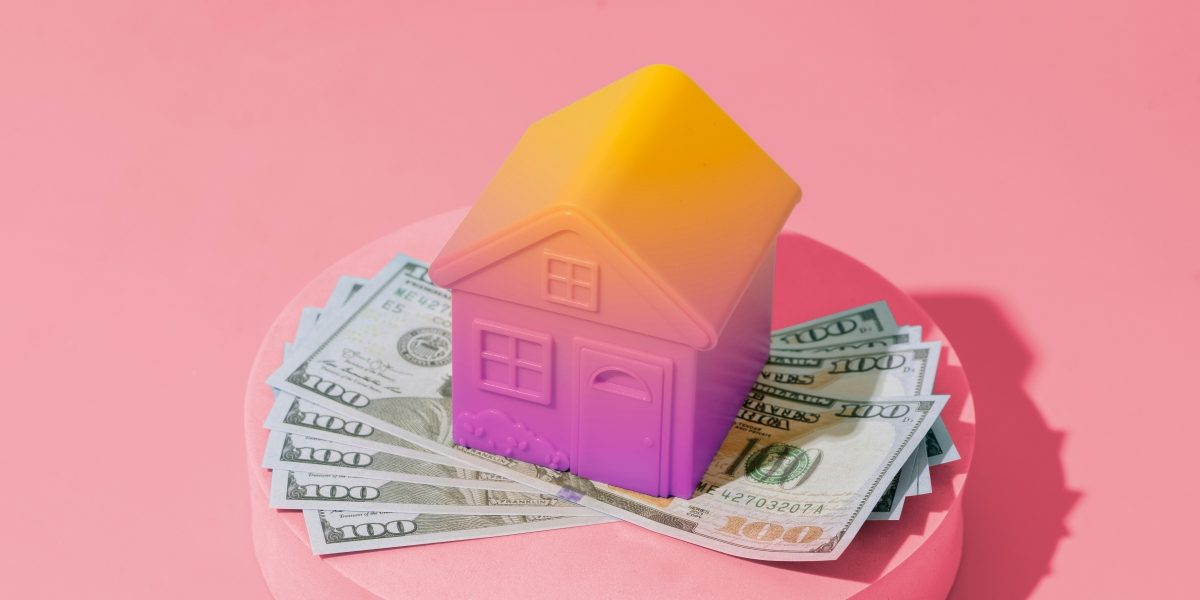By: Neha Zubair
The transfer of wealth across generations is one of the significant shifts in American financial history. As Baby Boomers pass their fortunes to younger generations, luxury housing markets are beginning to reflect not only money but evolving values.
For Millennials and Gen X, a home is no longer solely about prestige — it’s about lifestyle, legacy, and identity. This shift seems to be reshaping how the affluent choose to live and what they value in a property.
In this article, we’ll explore how wealth migration is gradually influencing America’s luxury markets and its potential long-term impact on real estate.
Shifting Wealth and Generational Priorities
For many years, luxury housing was typically defined by square footage, status, and location in traditional hotspots like New York or Los Angeles. But as wealth changes hands, so do priorities. Gen X and Millennials inheriting this capital seem to place more emphasis on lifestyle design than pure status. They appear to want homes that are in line with sustainability, wellness, and community, while still offering exclusivity and long-term value.
This is where the migration of wealth starts to look not only like a financial shift but also a cultural one. Instead of buying properties that merely show affluence, the next generation seems to be investing in homes that align with their personal identity and values.
As Ken Hayo, Principal Broker/Owner at Maui Real Estate Advisors LLC, shares: “As the Baby Boomer generation ages and their wealth moves to the next generation, Maui will likely continue to attract high-net-worth individuals looking for both a retreat and a return. Many of them spent time on Maui with their families, and this trend seems to persist. While the generational wealth transfer might not have had a marked effect on Maui just yet, real estate has traditionally been a major way that wealth shifts from one generation to the next, and Maui, like other desirable destinations, is likely to benefit.”
This perspective underscores how deeply personal and emotional these choices can be. It seems that for many, it’s not just a transaction — it’s a way of passing on values alongside wealth.
Emerging Hotspots Beyond Traditional Markets
We spoke with Joe LeBlanc, Founder & CEO at High Noon Home Buyers, and he pointed out, “While cities like New York, Los Angeles, and Miami continue to play key roles in the luxury housing market, wealth migration seems to be drawing attention to new destinations. Cities such as Austin, Nashville, Columbia, and Denver have seen increased interest from affluent buyers who appreciate cultural vibrancy and lifestyle flexibility.” The pandemic appears to have amplified this shift by normalizing remote work and reducing the necessity of living in traditional financial or cultural hubs. This shift has opened up the possibility for wealthy families to rethink where they might want to live. Now, some seem more willing to prioritize quality of life over proximity to corporate headquarters or major airports.
Properties in secondary luxury markets are no longer viewed solely as vacation retreats — they seem to be evolving into primary residences that integrate work, leisure, and wellness.
This shift in demand seems to have ripple effects throughout the housing ecosystem. Developers, architects, and designers are embracing wellness-oriented features — from home gyms and spa-inspired bathrooms to expansive outdoor spaces — all aimed at appealing to the new luxury buyer who seems to value experience as much as square footage.
Lifestyle Design as the New Currency of Luxury
For younger generations inheriting wealth, the commonly sought-after property seems to be one that enhances daily life. This is why lifestyle design seems to be a key factor in luxury housing purchases. Buyers appear to be looking for homes that integrate seamlessly with their way of living, as Tim Gaasch, Vice President of Account Management at Clever Offers, explains.
Sustainability appears to be at the forefront of these choices. Eco-friendly building materials, energy efficiency, and water-saving systems are becoming increasingly important for affluent buyers who seem to view their homes as reflections of their environmental values. Wellness seems to play a central role as well — think meditation rooms, biophilic design, and air and water purification systems.
At the same time, flexibility seems to be shaping demand. Multi-functional spaces that can transition from office to gym to guest suite are becoming increasingly desirable. For families, properties that allow for intergenerational living seem to be more common, reflecting the blending of family wealth and lifestyles under one roof.
In this way, wealth migration isn’t just shifting the flow of money; it seems to be reshaping the very definition of luxury real estate. Homes are becoming tools for intentional living — balancing beauty, sustainability, and function in a way that reflects the priorities of a new generation of high-net-worth buyers.
Maui and the Generational Wealth Transfer
Maui illustrates how luxury housing markets can benefit from lifestyle-driven migration. For many affluent families, the island is not just a vacation destination but part of their legacy. Generations of families have spent time there, and this continuity seems to make real estate feel less like a transaction and more like an inheritance.
The pandemic appears to have accelerated this trend, but it seems to have endured because buyers appear to be increasingly designing their lives around places that blend refuge, beauty, and familiarity.
Real estate in Maui has long been linked to how wealth moves across generations. As the next wave of affluent buyers inherits both assets and traditions, Maui seems poised to remain a key destination where luxury homes double as investments and vessels of family history, says Desmond Dorsey, Chief Marketing Officer at Bayside Home Improvement.
Summary
The migration of wealth seems to be doing more than reshaping maps — it appears to be redefining what luxury housing means in America. Traditional hubs remain relevant, but emerging markets and lifestyle-driven destinations now seem to be sharing the spotlight. Affluent buyers seem to be prioritizing intentional living, sustainability, and multi-functional design as they pass wealth from one generation to the next.
Whether in urban penthouses, mountain retreats, or beachfront estates in Maui, the new luxury seems to be about blending heritage with modern priorities. Real estate is not just a store of wealth; it appears to be a reflection of values, identity, and the life people want to create for themselves and their families. As wealth continues to move, so too might the future of America’s many coveted homes.
Disclaimer: This article is for informational purposes only and does not constitute financial or investment advice. Readers should conduct their own research or consult with a professional before making any investment decisions.

















